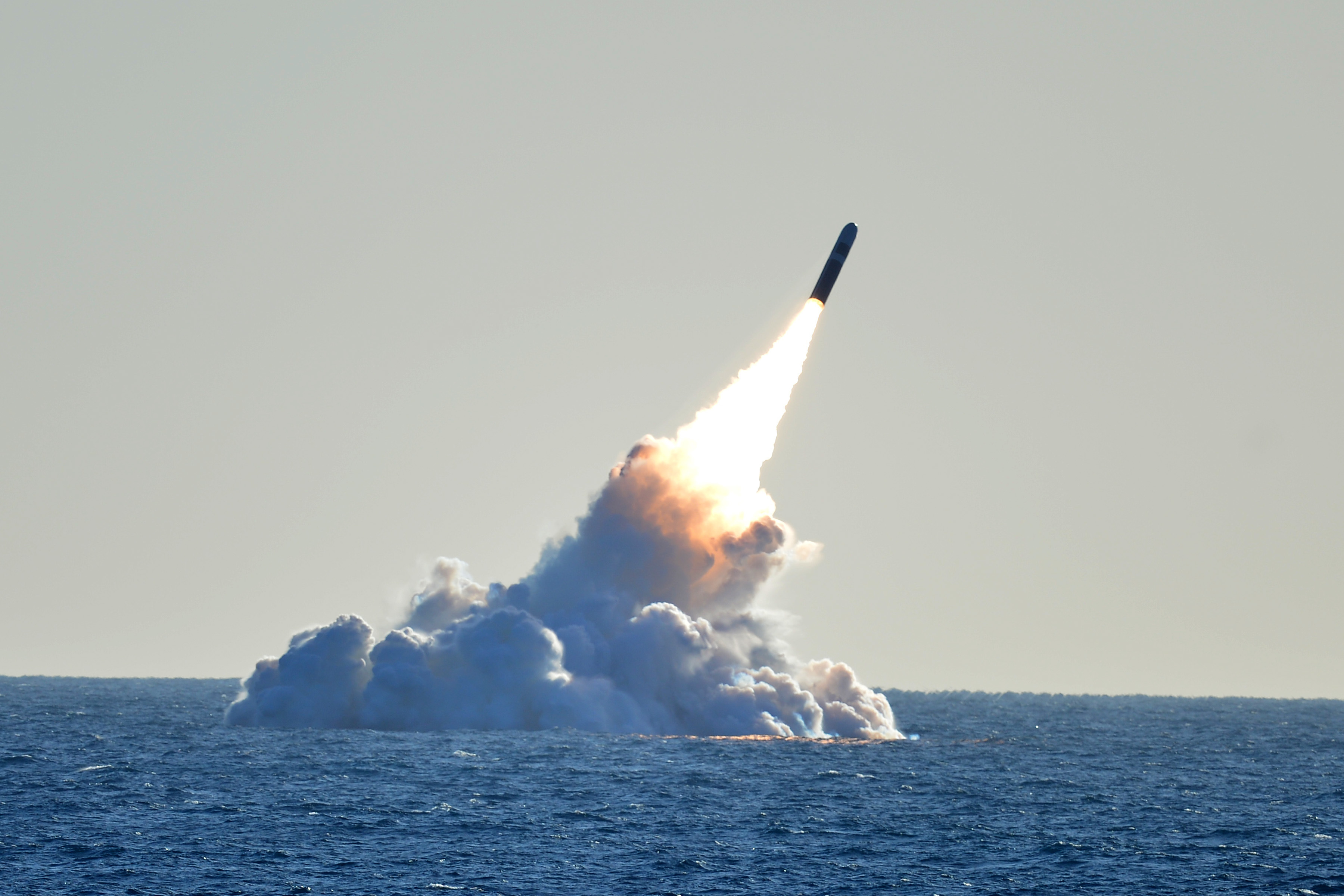Despite the challenges of the Ukraine War, the Russian Navy continues to demonstrate its strength through its submarine fleet. Recently, the submarines "Novorossiysk" and "Dmitrov" participated in a training exercise in the Baltic Sea, as reported by the state news agency TASS. The Russian Navy announced that the diesel-electric submarines showcased their capabilities during this exercise. The press release stated: “In the Baltic Sea, after anti-submarine exercises, the ‘Novorossiysk’ crew performed a torpedo attack using practice ammunition [without a warhead].”
During the exercise, the submarines engaged in combat scenarios against each other, practicing maneuvers to evade enemy attacks and enhance intra-ship operations during both training and combat tasks. The crews also conducted drills to detect and track submarines representing a hypothetical enemy. After the torpedo-launching exercise, the submariners continued their planned combat training in the Baltic Sea.
These drills are critical due to the increasing tensions between Russia and NATO in the Baltic region. Recently, Russia attempted to alter the maritime border in the eastern Baltic Sea, escalating tensions with NATO, though the plan was later retracted.
Commons Russia uses its submarines to project power and send messages to its rivals. This was evident when Russia's nuclear-powered submarine Kazan, along with other ships, conducted a military drill in the Caribbean and approached the US coast. During its journey from Norway to Cuba, the Russian group, led by the frigate Admiral Gorshkov equipped with Zircon hypersonic missiles, was closely monitored by a NATO P-8 ‘Poseidon’ anti-submarine aircraft. The submarine was also spotted near Scotland’s west coast en route to Cuba, near the HM Naval Base Clyde at Faslane, home to the UK’s nuclear submarines and other Royal Navy ships.
Western nations, including the United States, dismissed concerns about the nearby Russian submarine, though its close presence raised fears of potential espionage. This port visit occurred as the U.S. closely monitored rising tensions in the Ukraine-Russia conflict, with NATO increasing its involvement. The mere 90-mile gap between Cuba and the U.S. did not help ease these fears.
"Novorossiysk" and "Dmitrov" are significant submarines in the Russian naval fleet, each with unique features. "Novorossiysk" is part of the Project 636.3 Varshavyanka-class (Improved Kilo-class) submarines, while "Dmitrov" belongs to the older Project 877 Paltus (Kilo-class) submarines. Both are diesel-electric attack submarines but differ in size, technology, and weaponry.
"Novorossiysk" measures about 73.8 meters (242 feet) in length, with a beam of 9.9 meters (32 feet) and a draft of 6.2 meters (20 feet), displacing around 3,950 tons when submerged. It is powered by two diesel generators and an electric motor, allowing speeds up to 20 knots underwater and 17 knots on the surface. Its operational depth is around 300 meters (984 feet) with a maximum depth of 400 meters (1,312 feet). The submarine is equipped with advanced sonar, including the MGK-400EM sonar suite, modern navigation and combat systems, and carries various weapons, such as 18 torpedoes and Kalibr cruise missiles launched from six 533mm torpedo tubes.
"Dmitrov" is slightly smaller, measuring 72.6 meters (238 feet) in length, with a beam of 9.9 meters (32 feet) and a draft of 6.2 meters (20 feet), displacing about 3,076 tons when submerged. It is also powered by two diesel generators and an electric motor, allowing speeds of up to 17 knots underwater and 10 knots on the surface. It operates at depths of around 240 meters (787 feet) and can go as deep as 300 meters (984 feet). While "Dmitrov" has good sensors and combat systems, it lacks the ability to launch cruise missiles like "Novorossiysk," limiting its modern combat capabilities.
In summary, both "Novorossiysk" and "Dmitrov" are diesel-electric attack submarines, with "Novorossiysk" being more modern and powerful due to its advanced sonar, navigation, and combat systems, as well as the ability to launch Kalibr cruise missiles. "Dmitrov" is smaller and older but still capable, with reliable sonar and torpedoes. These differences illustrate the evolution of Russian submarine technology and the distinct roles these submarines play in the navy.







